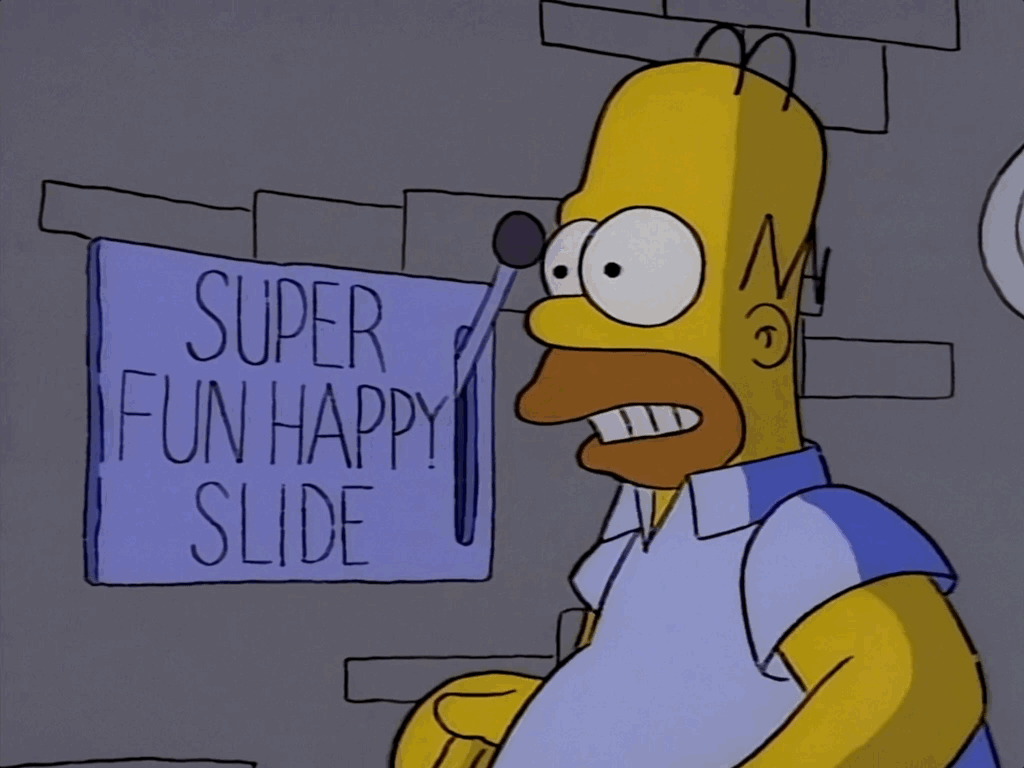Bram Stoker's Dracula with Dede Crimmins
Film critic and horror aficionado Dede Crimmins (That Shelf, Rue Morgue) is back to help Adam introduce Nate to Bram Stoker’s Dracula (1992) and its Simpsons parody in “Treehouse of Horror IV” (S5E5). Will they gush over Francis Ford Coppola’s bloody visual feast, or will his overly loyal adaptation leave them cold?
Also in this episode:
The origin story of this film from Coppola’s time as a drama camp counselor
Can the scenery chewing of Gary Oldman and Anthony Hopkins allow us to forgive Keanu Reeves’ flat performance?
Coppola and his magician of a son Roman show how style over substance isn’t always a bad thing
Are movies that call for Tom Waits (or his lookalikes) a sub-genre?
Next time, filmmaker and podcaster Devan Scott joins the podcast to discuss All the President’s Men and “Sideshow Bob Roberts” (S6E5) just in time for the scariest day of all—election day in America.
For more of Dede Crimmins’ film reviews, check out her profile on Muck Rack or follow her on Twitter/X at @dedecrim.
And a special thanks to Bill Watterson (not that Bill Watterson) for the updated typography in our album art this week!
Discover more great podcasts on the That Shelf Podcast Network.
Every Simpsons Reference to Bram Stoker’s Dracula
By our count, Bram Stoker’s Dracula has been directly referenced once in the first 13 seasons of The Simpsons. The first reference appears in “Treehouse of Horror IV” (S5E5) from 1993, 1 year after the release of the movie.
Scene & Plot References
Treehouse of Horror IV: Despite the title, the plot of the third segment, “Bart Simpsons’s Dracula,” is actually a mash-up of references to Bram Stoker’s Dracula and The Lost Boys (1987). The first half mirrors the story and style of Francis Ford Coppola’s film, while the second half with Bart floating outside the window and the fake-out about the identity of the “head vampire” all come from Joel Schumacher’s vampire coming-of-age tale.
The segment perfectly casts Mr. Burns in the role of Gary Oldman’s elderly Dracula, right down to his nearly uncontrollable temptation to drink blood.
The Simpson family’s arrival at Mr. Burns’s castle resembles Jonathan Harker’s Arrival at Castle Dracula, with the addition of an overlay of Mr. Burns overseeing their progress. This overlay effect and other double exposures are used elsewhere in the movie.
The film is filled with creative in-camera effects, and this segment parodies one of the most memorable ones—Dracula’s asynchronous shadow, which has a life of its own. While Gary Oldman’s dark doppelganger mostly creeps around waggling its fingers, Mr. Burns’s enjoys playing cats cradle and showing off its yoyo tricks.
While only seen in a few brief moments, Smithers appears appropriately as Dracula’s familiar Renfield (played by Tom Waits in the film), complete with creepy metal finger braces.
Mr. Burns’s castle shares many similarities to the design of Castle Dracula in the film, including the distinctive arm-shaped torches, which Coppola himself borrowed from the 1946 French adaptation of Beauty and the Beast.
And much like Dracula, the depths of Mr. Burns’s castle are filled with vampirized minions. Although, Dracula’s are decidedly sexier. Is that bald one in Mr. Burns’s castle Nosferatu?
Extra Credit
Looking for more like this or an interesting double feature? Here are our recommendations.
From Dede: Drácula (1931, Spanish version)
From Nate: The Orphanage (2007)
From Adam: Sleepy Hollow (1999)
Further Reading & Viewing
Documentary: F.X. Feeney, Practical Magicians: A Collaboration Between Father and Son, 2015.
Documentary: F.X. Feeney, Reflections in Blood: Francis Ford Coppola and Bram Stoker’s Dracula, 2015.
Documentary: Liam Dale, Bram Stoker’s Dracula - A Documentary, 2007.
Documentary: Kim Aubry, The Blood Is the Life, 2007.
Wiki Entry: “Pixilation,” Wikipedia, accessed October 19, 2024.
"Super fun happy slide!"















